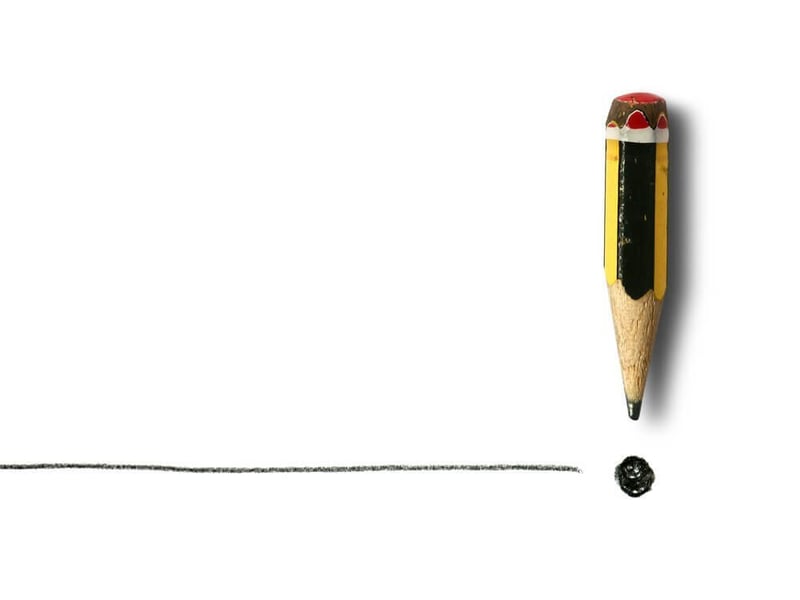Conclusive coordinating conjunctions (conjunções coordenativas conclusivas), as the name implies, introduce a consequence or conclusion. More specifically, these Portuguese conjunctions indicate a cause and effect relationship between parts of the sentence. The most common are:
por issoso
portantotherefore, so
logoso, therefore
For the most part, these can be used interchangeably, with portanto being considered slightly more polished, and appearing more often in professional settings than the others (like ‘therefore’ in English). However, it’s a versatile conjunction that also works in casual contexts (like ‘so’ in English). Examples:
Eu tenho sacos, por isso eu vou de elevadorI have bags, so I will take the elevator (i.e. lift)
Não quero ir, portanto não vouI don't want to go, therefore I won't go
Não estuda, logo não tem boas notasShe doesn't study, so she doesn't have good grades
We also have então, which is very similar to logo.
O restaurante fecha ao domingo, então vamos almoçar em casaThe restaurant closes on Sundays, so we’ll have lunch at home
Now we’ll move on to por conseguinteconsequently and de modo queso , which may be used when you want to sound more sophisticated or professional. Por conseguinte is the more formal of the two, often appearing in academic and literary contexts. It can still be used in a conversation, but it may be a bit too much in familiar, everyday chats.
Já passaram mais de 2 semanas e, por conseguinte, a polícia terminou as buscasMore than two weeks have passed, and thus the police have ended the search
Os treinos correram bem, de modo que estou confiante na vitóriaThe training went well, so I'm confident I'll win
Lastly, we’ll mention pois, which can also be a conclusive conjunction. When used this way, it must come after the verb between commas, like this:
Não vou, pois, poder estar presente na reuniãoI won't, therefore, be able to attend the meeting
This particular usage is less common and somewhat formal. Rather than directly linking the ideas in the sentence, the positioning of the conjunction signals a subtle reference to whatever had just been said in order to draw a conclusion.
Conjunctions That Indicate Cause & Effect



Co-ordinating conjunctions are a very difficult area to learn but the whole unit has helped me immensely in my understanding. I am much improved by the lessons although I guess that I will tend to use the simpler “spoken” conjunctions where appropriate…….but I should be able with more effort in this area to understand the many more which tend to be used in the written form.
This is a series of units to revisit and relearn at a later stage.
I agree with Mac. It’s helpful that you indicate the most commonly used ones so I can work on using them initially. Of course we need to understand the others and hopefully in time they will become automatic…..well that’s what I aspire to.
Olá, Angela. “Portanto” was already indicated as the most common simple conjunction. In the group of conjunction phrases, I’ve just added the note that “por isso” is the most commonly used one. Hope this helps!
Obrigada! Agradeço a sua ajuda.
Is there an example for ‘por isso’?
Just added one 🙂
Brilliant. Obrigada.
And where does the word ‘embora’ or ‘bora’ fits in all this?
It doesn’t 🙂 ‘Embora’ is not a coordinating, but a subordinating conjunction (like the English ‘although’). Apart from that, it’s used as an adverb in expressions such as ‘Vamos embora’ [Let’s go]. ‘Bora’ is the slang/colloquial reduction of this adverbial use.
Hm, ambos ‘por isso’ e ‘portanto’ parece-me iguais. Posso usá-las como sinônimos? Ou qual é a diferencia?
Em contextos em que são usados da mesma forma (com intenção conclusiva), sim, podem ser usados como sinónimos. Basicamente, casos em que poderíamos usar ‘so’ ou ‘therefore’ em inglês. Por exemplo:
– Estou doente, por isso não vou. = Estou doente, portanto não vou. (I’m sick, so I won’t go)
Mas ‘por isso’ também pode ser usado com intenção explicativa e, nesse caso, não é intercambiável com ‘portanto’. Isto aplica-se, por exemplo, em casos em que usaríamos ‘that’s why’ em inglês.
– É por isso que não tens tempo. (That’s why you don’t have time)
One of my Portuguese friends often uses the phrase ‘ na/ de maneira que’, is that similar to ‘de mode Que’?
Olá! Yes, «de maneira que» is the same as «de modo que»! We didn’t include it in this Learning Note, so the vocabulary wouldn’t be overwhelming.